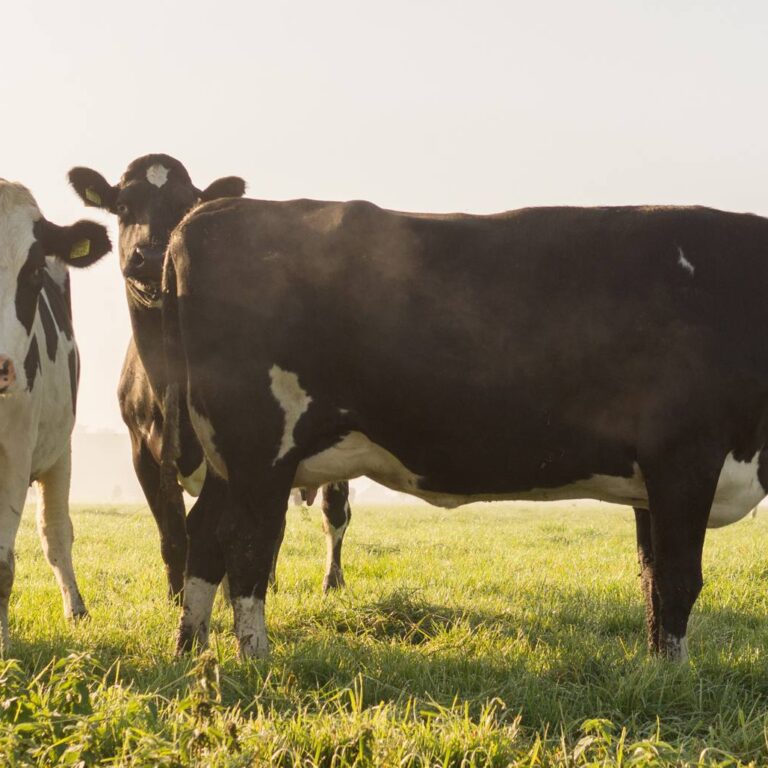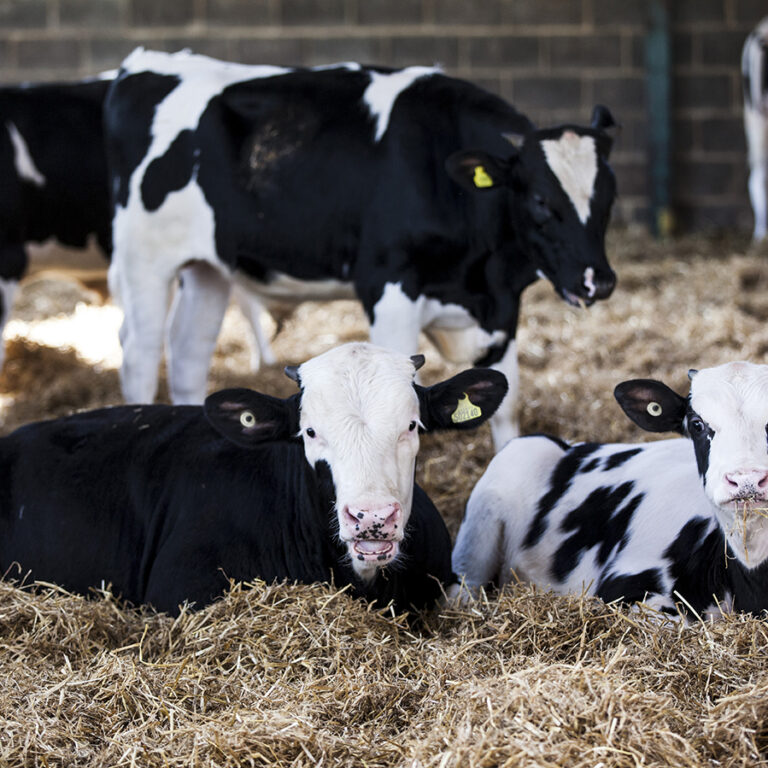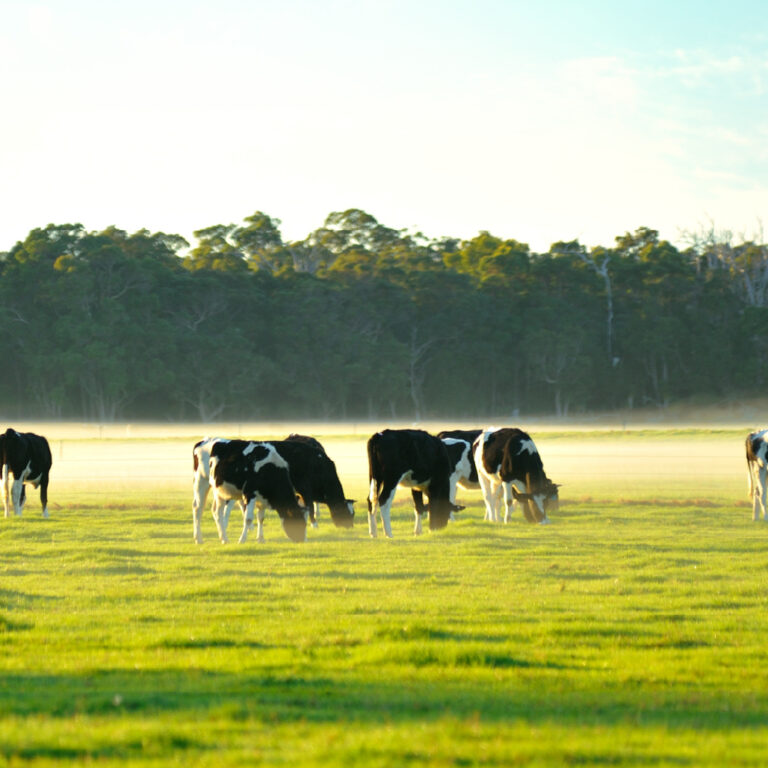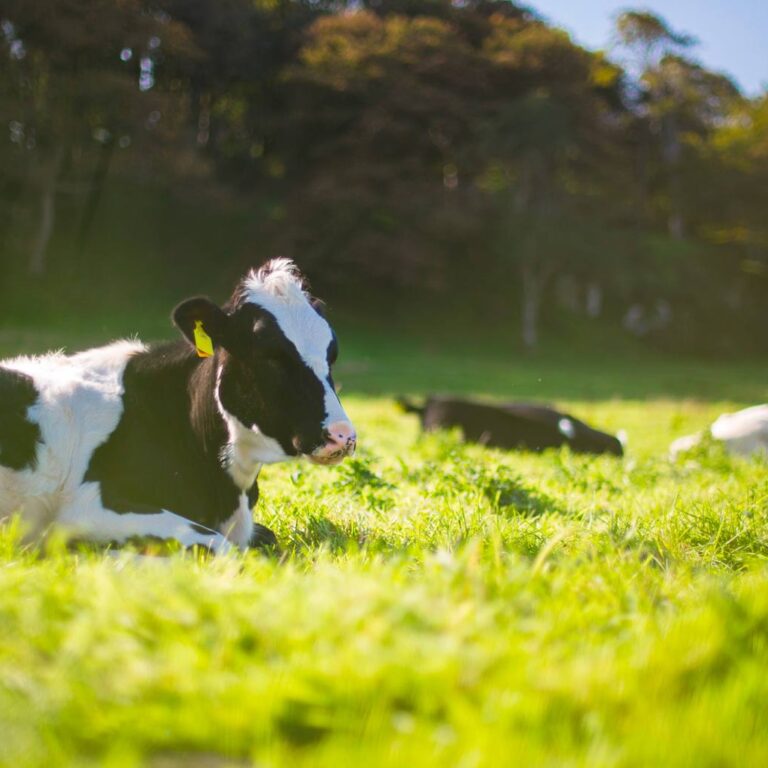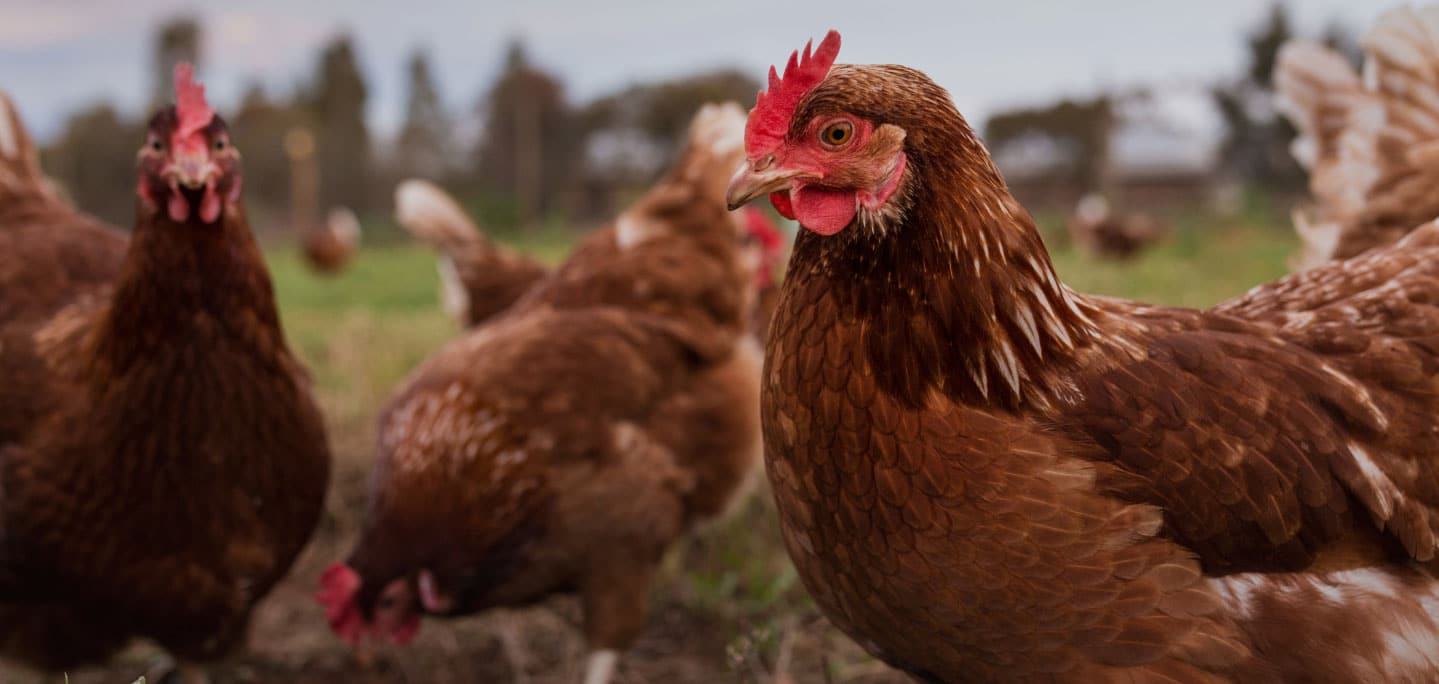When it comes to choosing humanely farmed products, sometimes it’s pretty straight forward (like choosing RSPCA Approved chicken) but other times it can be very hard. Dairy products are one of those that can be more difficult. For many of us, dairy is an important part of our diet but when it comes to choosing milk, cheese and other dairy products that we feel confident have come from animals who have lived a better quality of life, there isn’t a lot of guidance. This is where we need your help.
We’ve talked a lot on this blog about how Australians are driving change for some of our country’s most intensively farmed animals, simply through our purchasing decisions. Over the past few years, we’ve seen well-known businesses switching to cage-free eggs, making the life of egg-laying hens so much better. We’ve also seen huge improvements to the way chickens farmed for meat are housed, giving millions of birds a better quality of life every year. Your power in influencing and encouraging change can’t be underestimated.
While the RSPCA regularly talks to dairy farmers and the dairy industry about what could be done to improve animal welfare, the difficulty lies in the nature of dairy supply chains. Milk is collected from multiple farms and mixed together to supply the brands that you purchase. This means that as conscious dairy consumers we need to show the brands we love that there is demand for a higher welfare dairy product.
Commitments made by the dairy industry
In the meantime, you’ll be pleased to know there has been some positive industry-wide progress on improving cow and calf welfare – even during the recent tough years where dairy farms have been impacted by drought and low milk prices.
In 2012, the Australian Dairy Industry Sustainability Framework was launched following consultation with dairy farmers, manufacturers, government, retailers, NGOs and interest groups. The framework’s purpose is to set goals that align with an agreed set of principles to ensure the future sustainability of the dairy industry.
In 2018, commitments that relate directly to improving animal welfare were added to the framework. These commitments include ending the tail docking of cows, ending calving induction, providing pain relief for calves being disbudded under two months, and the implementation of strategies to reduce lameness. These are all significant in improving how cows and calves are treated on dairy farms, and the framework reports on the progression against these commitments publicly through their website.
What still needs to change?
Like many Australians, the RSPCA still has concerns about key animal welfare issues in dairy production that relate to bobby calves (the calf who’s been born so that a cow produces milk), cow-calf separation, painful procedures or conditions such as mastitis. The RSPCA is also concerned about the welfare of dairy cattle who are exported overseas for breeding purposes as they aren’t currently protected under the Exporter Supply Chain Assurance System.
The RSPCA team is in regular contact with retailers and industry bodies who welcome our input on animal welfare in the dairy industry. This is important as it keeps animal welfare on the agenda in their planning whilst giving us the opportunity to push for better standards. What’s even more promising is when individual farmers reach out to understand how they can also implement better animal welfare outcomes on farms. But ultimately, we know that the dairy industry needs encouragement and support from consumers.
If Australian consumers who choose to consume dairy products want higher welfare, they need to say they want it, they need to support it when it’s done, and they need to pay a fair price for it.
So, what can you do?
1. Contact the makers of your favourite milk, cheese, yoghurt or other dairy product and ask them about animal welfare on their farms.
2. Write to your supermarket and let them know that you care about farm animals and that you would buy higher welfare dairy products.
Here are some questions to ask:
– Do you source milk from farmers who don’t tail dock their cows?
– Do you source milk from farmers who don’t induce calving?
– Do you source milk from farmers who use pain management when disbudding calves?
– Do you source milk from farmers who have a lameness and mastitis reduction strategy in place?
– Do you source milk from farmers that are allowing more cow-calf contact?
– Do you source milk from farmers that are finding ways to grow bobby calves out for veal or beef?
– Do you source milk from farmers that don’t export breeding cows?
Want more? What’s the deal with veal?

